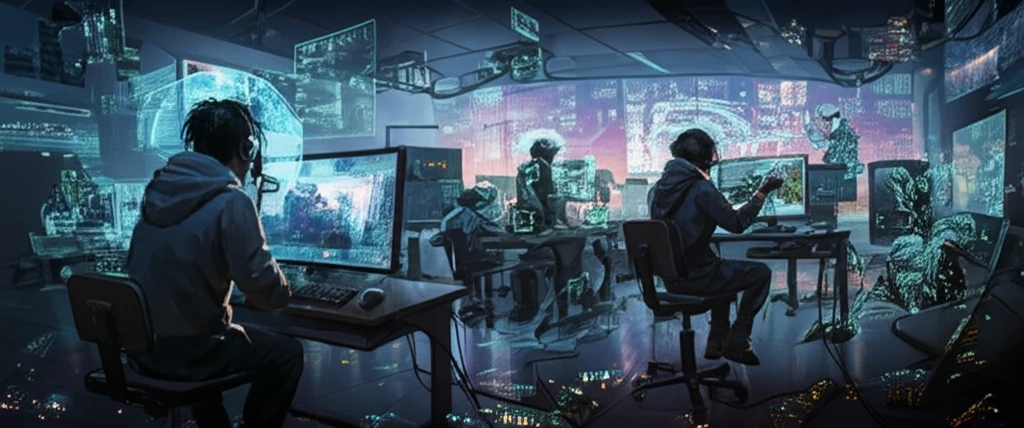
Level Up Your Learning: How Serious Games are Revolutionizing Education and Training
"Discover the potential of serious games and how they are overcoming adoption challenges to transform learning environments."
The landscape of education and training is rapidly evolving, propelled by the growing adoption of serious games and digital technologies. These innovations are reshaping organizations, markets, and social infrastructures, presenting new opportunities and challenges for both developers and learners. Traditional methods are being re-evaluated as serious games demonstrate their potential to enhance engagement, knowledge retention, and skill development.
Companies developing serious games face unique challenges in implementing effective diffusion strategies. These digital innovations reconfigure the social and technical environment, requiring prospective customers to understand their potential contributions. This shift necessitates a closer look at how serious games, considered as a case of digital innovation, can overcome barriers to adoption and achieve widespread implementation.
Serious games combine digital and physical characteristics, offering attributes such as re-programmability, homogenization, and self-reference. This unique blend allows for dynamic and adaptive learning experiences. This article explores how these characteristics address the limitations of traditional approaches and facilitate the successful integration of serious games into various sectors.
The Power of Serious Games: Beyond Entertainment

Over the past decade, the digital games development community has increasingly recognized the potential of digital games for purposes beyond mere entertainment. Serious games are now utilized to train, educate, investigate, and advertise, transforming users into active learners within immersive virtual environments. These games simulate real-world scenarios, allowing users to take calculated risks and find solutions to specific challenges.
- Enhanced Engagement: Serious games offer interactive and immersive learning experiences that capture and maintain the attention of learners.
- Real-World Application: By simulating realistic scenarios, serious games allow learners to apply their knowledge in practical contexts.
- Immediate Feedback: Users receive instant feedback on their actions, promoting critical reasoning and decision-making skills.
- Customizable Learning: The re-programmability of serious games allows for tailored learning experiences that meet specific needs and objectives.
Conclusion: Charting the Future of Serious Games
Rogers' diffusion characteristics provide a valuable theoretical framework for understanding the implementation of serious games. While models based on trialability, relative advantage, complexity, compatibility, and observability have been developed and tested, the diffusion of serious games presents unique challenges that require further exploration. Future research will focus on empirical analysis and integration of factors such as re-programmability, self-reference, and homogenization to develop a robust adoption model. This model aims to elucidate the adoption decision process and outline implications for the commercialization of serious games, enabling businesses to reshape their plans and practices to effectively assess the market for these transformative learning tools.
